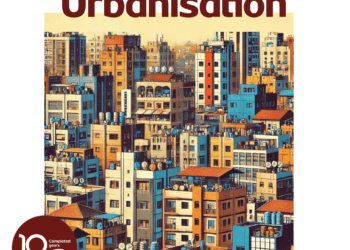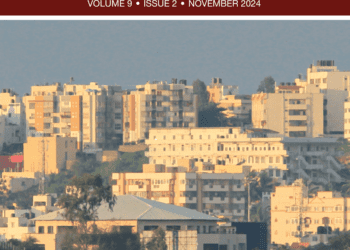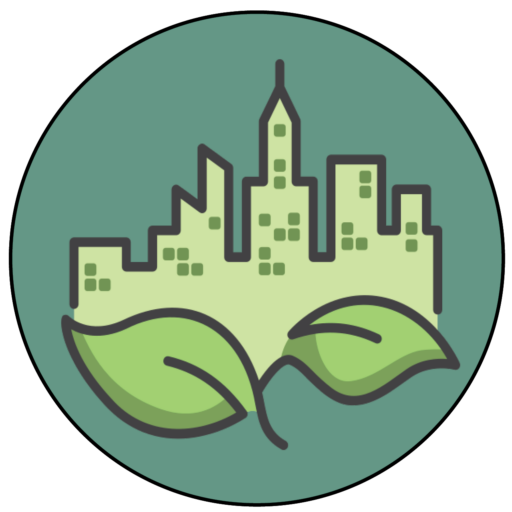Learnings and modifications in the aftermath of the long summer of migration in 2015
Abstract
Austria’s exclusive model of citizenship, and restrictive policies on migration, refugee reception and asylum, dating back to the 1990s, create structural barriers to refugee integration in the country’s economic and socio-cultural life. In this article, we shed light on Vienna, a city renowned for its comprehensive social policies. However, the inclusive integration approach adopted by the city clashes with the stricter national migration and asylum policies. By relying on actor-centred institutionalism, we trace the interdependencies of various policy fields shaping refugees’ integration pathways after their arrival. From a methodological perspective, we draw upon document analysis and semi-structured interviews with policymakers and NGO workers. The findings show that refugees‘ and asylum seekers’ integration within Vienna depends on multiple actors with partially overlapping responsibilities, which creates a strong network of (institutional) opportunity structures. This multi-level system may benefit from the expertise of, and strong relations between the actors involved. However, its weakness lies in its dependency on funding and the limited participation opportunities for civil society. In this paper, we emphasize the high degree of institutionalization in the Viennese integration policy regime, which is equipped to modify provision to address current needs, while civil society actors remain underrepresented in the policy-making process.
The role of institutional opportunity structures for refugee integration in Vienna. Learnings and modifications in the aftermath of the long summer of migration in 2015. / Schnelzer, Judith; Franz, Yvonne; Mocca, Elisabetta et al.
in: Innovation: The European Journal of Social Science Research, Band 36, Nr. 2, 2023, S. 190-209.




